UP-CPH Partners with Angkas in Study on Safety of Moto Taxis During Pandemic
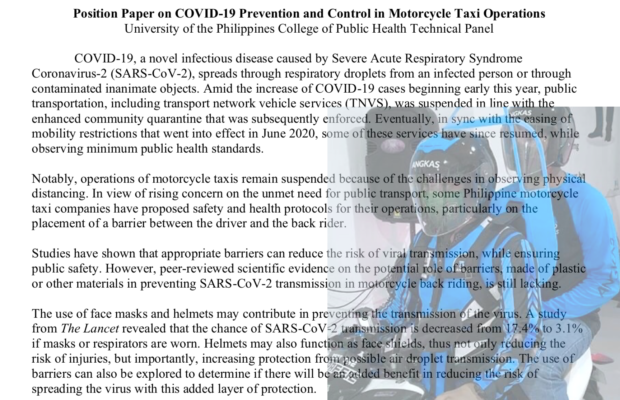
The University of the Philippines College of Public Health (UP-CPH) has collaborated with pioneering app-based motorcycle taxi service, Angkas to make motorcycle taxi riding safe again during the COVID-19 pandemic. In line with this partnership, a study was conducted by the UPCPH to formulate health protocols to be used when riding motorcycle taxis in the new normal.
Angkas tapped the UP-CPH “to provide guidelines and recommendations for the Inter-Agency Task Force on Emerging Infectious Diseases (IATF) and the transport industry,” said Dr. Vicente Belizario, Jr.,UP-CPH Dean during a press con last July 21. The UP-CPH-Angkas partnership was founded on the two organizations’ mutual commitment to ensure public health and safety, especially at this time when people are venturing out of their homes as the economy reopens.
Dr. PM Hernandez of UP-CPH gave more details about the study. Representing Angkas were Walter Wong, Angkas Head of Marketing and Special Projects; David Medrana, Angkas Operations Head; and George Royeca, Angkas Chief Transport Advocate, who all revealed more details about their protective shield which the IATF has recently approved. Lee Parks, trainer and owner of Total Control Training, Inc, one of the top motorcycle safety taxi schools in the US, also discussed the aspects that contribute to motorcycle safety.
Safety in motorcycle-riding
Dr. Hernandez enumerated some highlights of the health protocol to be implemented for motorcycle drivers and passengers. He said, “Riders can disinfect regularly-touched surfaces frequently. They should also do handwashing and the usual respiratory etiquette. Aside from wearing masks, riders can use their own helmets. The better the ventilation, the higher the wind speed, the more they can access clean air. We can explore barriers in lessening the transmission of the virus once the motorcycle taxis.”
Passengers would also be required to wear their own helmets. “We are preparing an announcement for passengers on how they can qualify to ride with us [as they bring their own helmets] during this time,” said Medrana. “We are also training drivers regarding this.”
Royeca also affirmed that “Angkas’ primordial concern is safety.” He pointed out that previously, “There were habal-habals that were met with negative connotation [when it came to] safety. Angkas sought to develop measures and controls to make motorcycle taxis safe for public use. The government came up with programs to see if motorcycle taxis are safe for commuters. We want to work with experts and stakeholders, and help people.”
Angkas’ protective shield, which was approved by the IATF last week, was also explained in detail. “The key part is having layers of protection,” said Wong. While the masks that Filipinos wear today protect their users, Angkas was aming for “ that extra layer of protection for motorcycle taxis. For example, just in case [there is an errant] passenger who pulls down his mask and sneezes, you have a barrier in place.”
“[The barrier] is very straightforward. It blocks the virus. You have a driver facing one way; transmission would be from passenger to driver. However, we want to make sure that it does not add to risks when it comes to road safety,” added Wong.
Lightness, visibility, and flexibility
Parks, a champion biker, accomplished author, and curriculum developer who develops motorcycle safety programs for U.S. states and its military, points out the “simple, elegant” solution offered by the Angkas shield. He said, “It’s really light, it’s less than one kilogram. It needed to be clear enough [so people can] have visibility, looking through it.” He explained that “when the bike accelerates, the passenger can hold on to the handles at the bottom of shield. The rider has resistance when braking. The handle system is essential so the passenger can hold on. [When the drivers tested out the shield] they did not feel it due to its lightness and to aerodynamics.”
Parks added that while the shield can firmly maintain its shape during a ride, it remains pliable in the incident of a crash, thus providing safety to driver or passenger. Bike owners will also be pleased to hear that Angkas “got the price down to what people can afford.” Construction of one shield is estimated to range from P500 –P1000, which covers both the materials and labor.
At the same time, Royeca stressed that the use of the shield should be complemented by public behavior that conforms to the health protocols. He said, “The shield is only one aspect [of safety],” There are public health measures that need to be put in place. There are responsibilities of driver and passengers na pag-aaralan. Since na-approve ang shield, hopefully this is a path for citizens on where to go.”
Royeca pointed out one key to boosting transport health and safety. He said, “Angkas has always been about collaboration. Let us help each other in a collaborative effort to create a new world. Hopefully, we can live in this new world relatively safe. Wear a mask, magdistansya tayo. Sana sundin at all times because it will save lives.”
Dr. Belizario agreed that both UPCPH and Angkas emphasize the need for collaboration, especially in the face of a crisis. He said, “Public health is innately collaborative. Kailangan magkatulungan. We continue to understand this disease better, as we tackle health challenges today.”
####






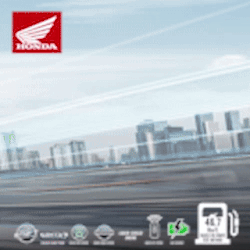
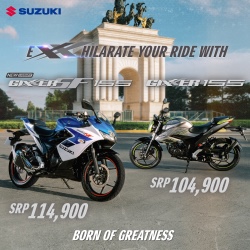
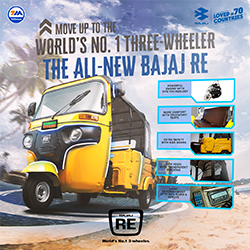

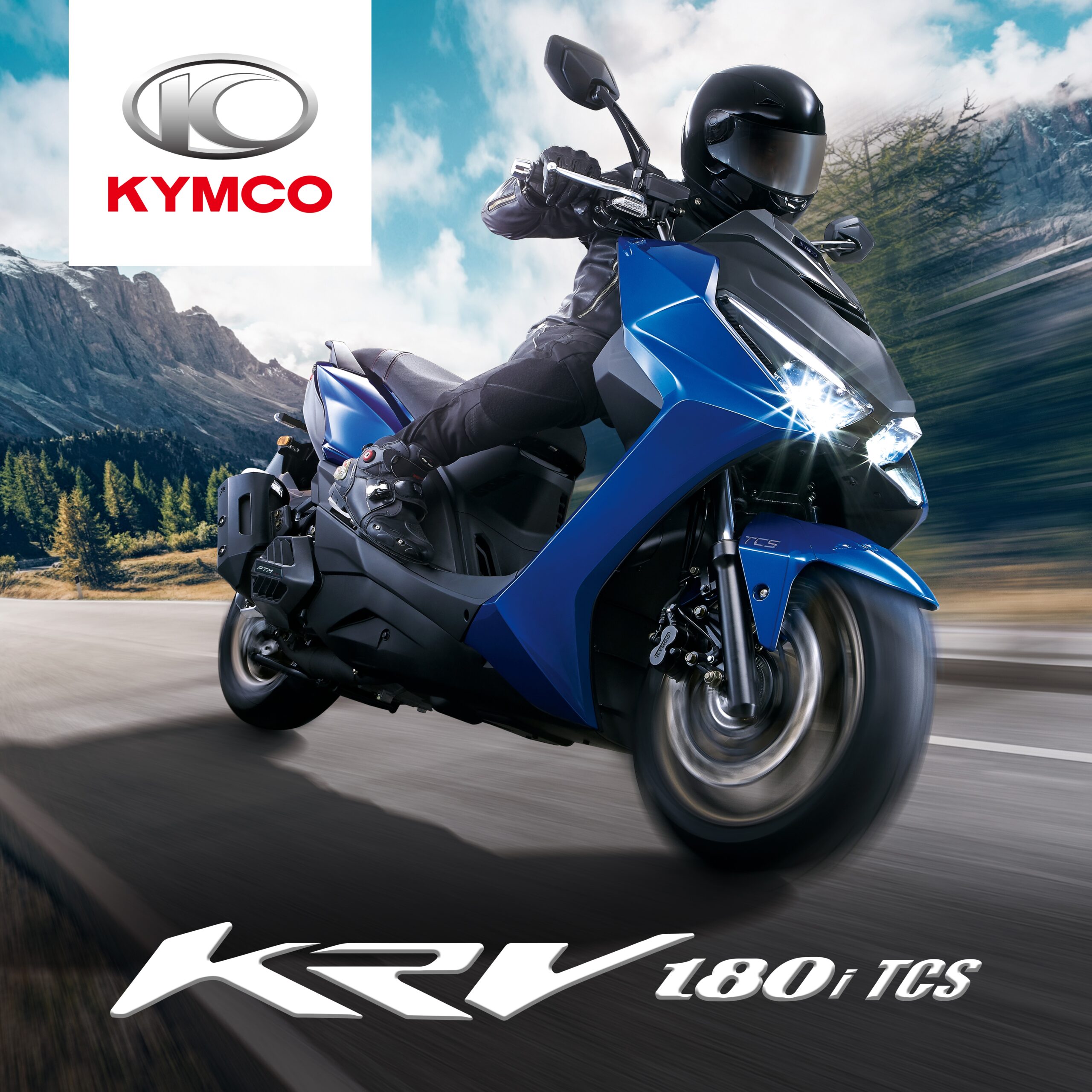





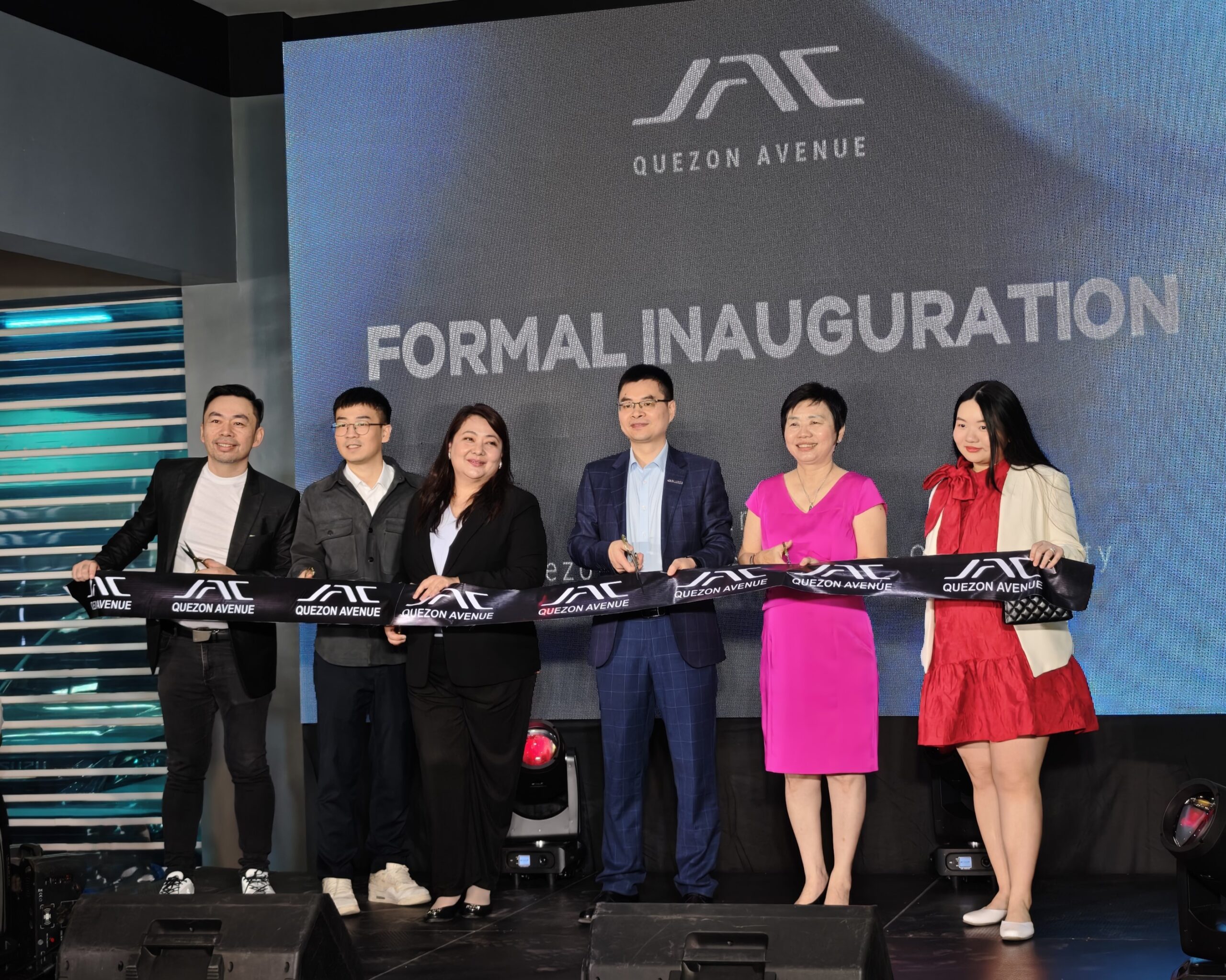







0 comments